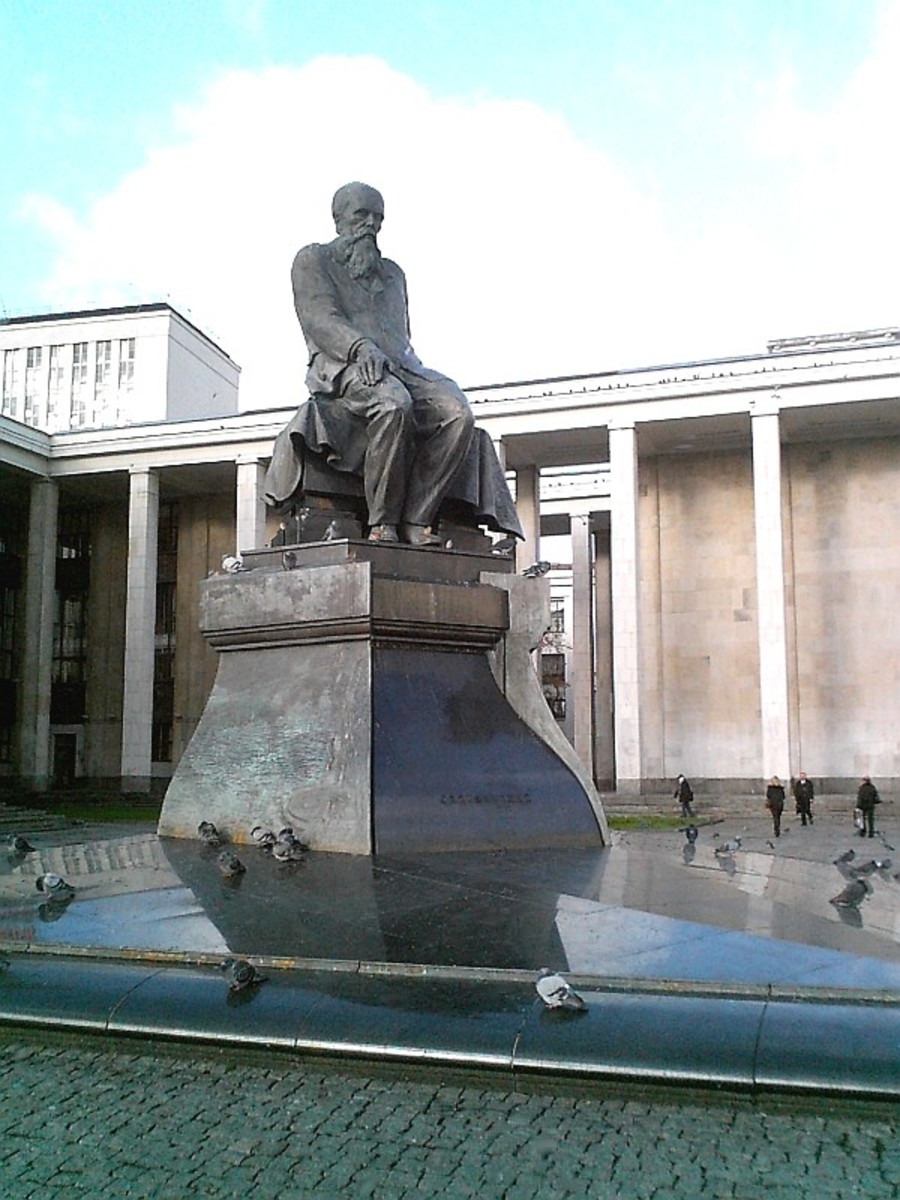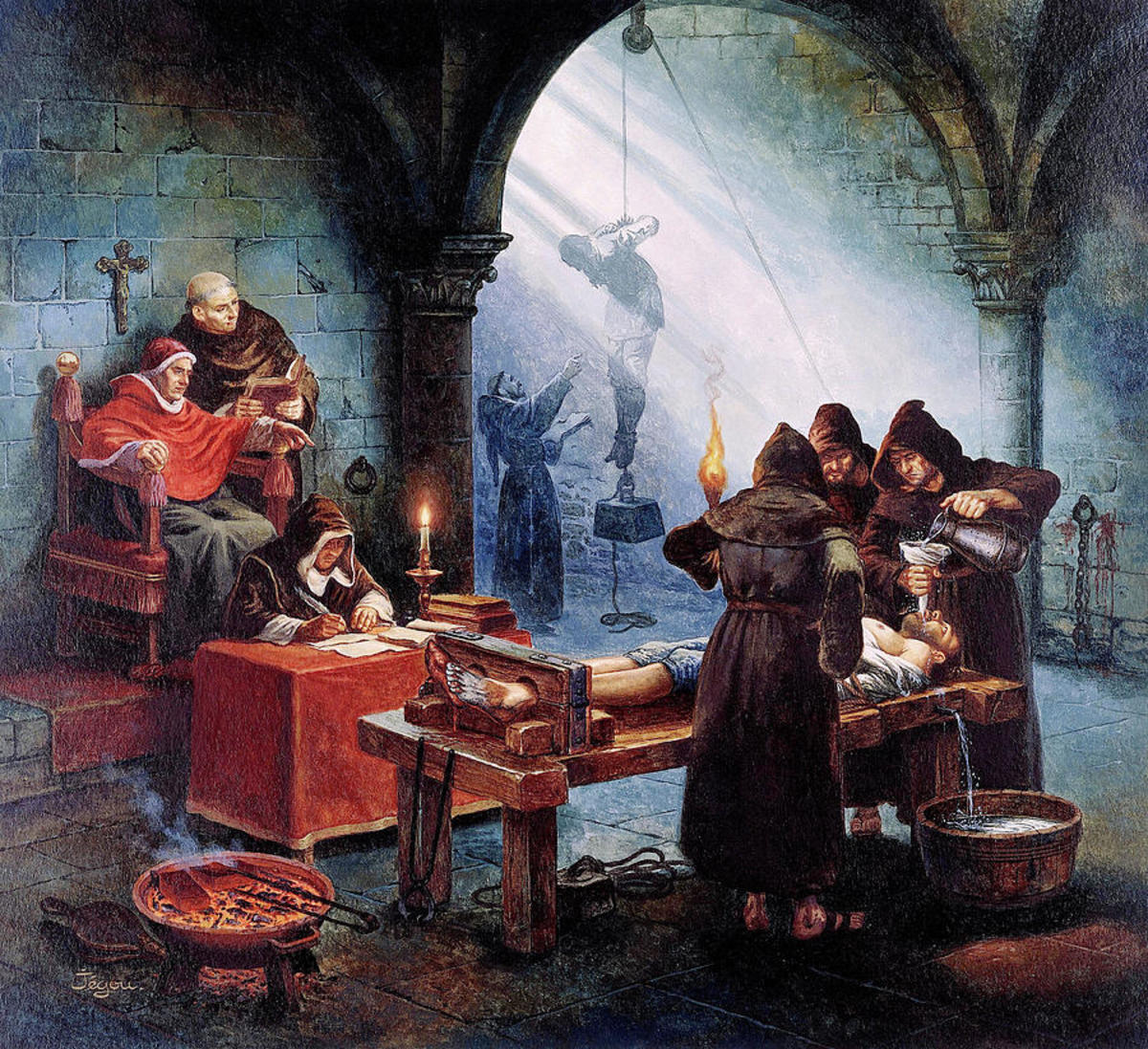Rhetorical Devices of the Inquisitor Against Joan of Arc
Body
Saint Joan is a play written in 1923 by Irish playwright George Bernard Shaw. The play attempts to chronicle the life of Joan d’Arc, beginning with her vision of several saints in an open field, telling her to drive the English out of French land. Disguised as a man, she took command of the severely defeated and demoralized French army and led them to several important victories. Joan was captured by Burundians, sold to the English, and tried by a clergy on repeated counts of heresy. The Inquisitor, in his speech to the court regarding the pending fate of Joan of Arc, asks them to suspend their judgment in favor of his and illustrates her defiance of the Church to affirm the charges brought against her.
The Inquisitor establishes his authority over the court through his knowledge of piety to persuade the court that Joan’s actions are an unforgivable breach of religious law. His opening phrase, “If you had seen what I have seen of heresy, you would not think it a light thing,” is meant to reinforce within the court that the Inquisitor has more experience, and is therefore more credible in matters church-related than them. The court would therefore be obliged to follow the Inquisitor’s view if that meant adhering to the teachings of their religion. His example of “man reject[ing] marriage…beginning with polygamy and ending with incest,” emphasizes the innocent appearance of heresy in its prime. Because the inquisitor is aware that the “tender-hearted” of the court would sympathize with Joan because of her heroic actions, he is careful to reiterate that it is typical of a heretic to appear altruistic before taking its devious form. The Inquisitor reminds the clergy that “for two hundred years the Holy office ran with this diabolical madness,” suggesting that Joan’s heretic actions were not out of the ordinary and the Inquisitor, with its many years of credibility, knows what is best. Finally, the Inquisitor concedes that, even though execution is a harsh punishment, “nothing is so cruel in its consequences as the tolerance of heresy.” His final appeal again targets the clergy’s piety, emphasizing that digression from teachings of one’s religion is a far worse crime than the worldly pain of a mere individual. Throughout his explanations of Joan’s wrongdoing, the Inquisitor adopts an authoritative tone, so that his aura of superiority is ever-present and the clergy will be compelled to agree with him because of his experience.
The Inquisitor’s depictions o f Joan’s actions are effective in that they portray her as an un-Christian rebel. In reference to Joan’s attire, he criticizes “women who quarrel with their clothes and put on the dress of a man,” implying that Joan’s military triumphs do not justify her disobedience of gender roles as dictated by Christianity. The Inquisitor further tarnishes Joan’s reputation in accusing her of ignorance and “taking it upon herself to be the interpreters of God’s will.” Her greatest treason was her assumption that she was implementing religious decree, when the Church claims sole authority in all religious matters and an attempt to do so by a commoner individual, much less a woman is heresy.
The Inquisitor attacks Joan’s lack of remorse for her actions even after being captured, citing that “her present peril has left no mark on her countenance.” When accused of crime against the Church, it is expected of the convicted to confess and repent, and Joan’s lack of remorse further incriminates her in the eyes of the church court. The Inquisitor even goes so far as to associate her with satanic qualities, mentioning the “devilish pride,” that possessed her to go against the Church. The Inquisitor’s effects in persuasion of the jury is effective because, even if there were those who felt compassion towards Joan, to clear her of charges would be an advocacy for the crimes that brought her there.
Perhaps the most captivating aspect of the speech is the context in which it is given. In an era of warfare and religious paranoia, the ends rarely justified the means if it meant disobedience of the law according to the Church, and alleged heretics were rarely acquitted of the charges brought against them. Joan was found guilty of all charges and burned at stake on May 30, 1431. In the years following her death, the French would retake Rouen and eventually force the English into resignation after the Battle of Castillon. After 25 years, the papacy declared Joan a martyr and canonized as a saint in 1920.





